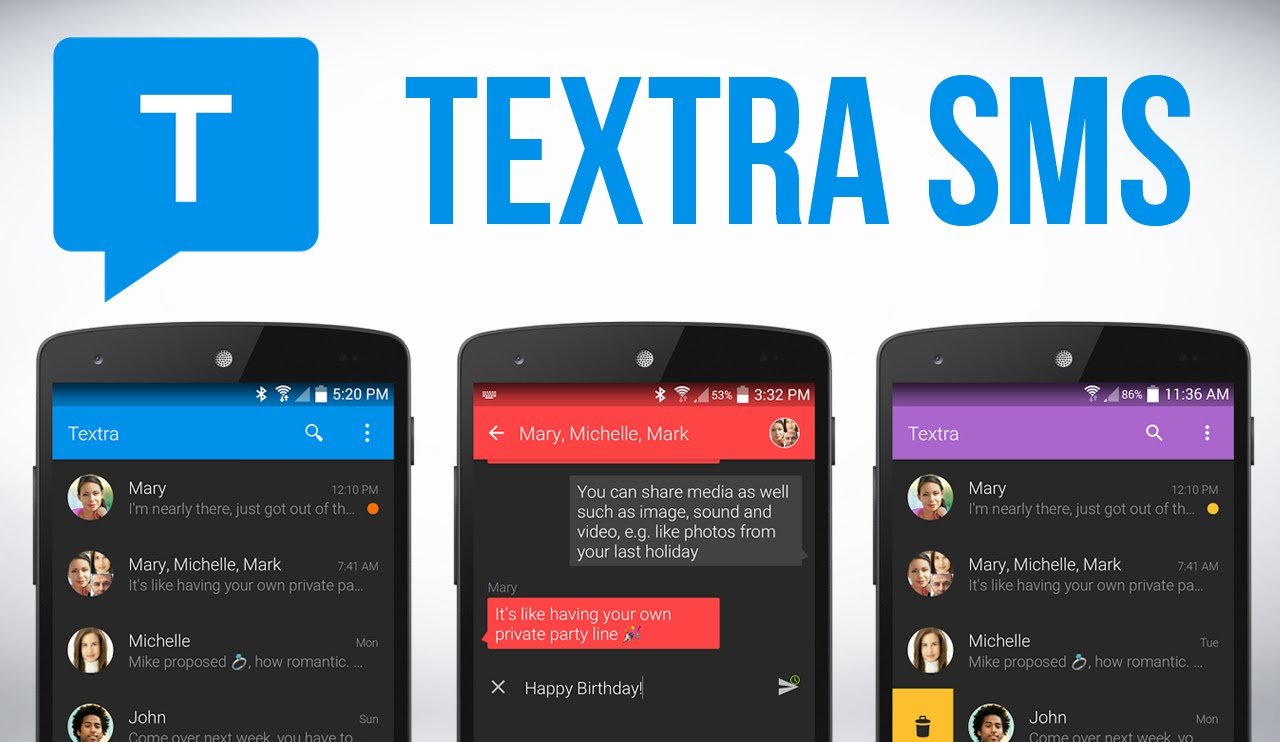
If you sent PDF via MMS this is non-standard extension (I never seen)ģGPP Technical Specification TS 26.140 Release V16.1.0 (2020-09) If someone can't receive MMS picture this is purely their problem and cannot solved by anything on your phone.ītw MMS do not support file attachments, only audio and images. If you can't send MMS picture this is purely issue with your phone. The protocol does neither know the receiver is android or iOS nor does it depend on. As 9to5Google points out, the little heart for "loving" an image on iPhone is replaced with a heart eyes emoji on Android, and the laugh iMessage Reaction is translated into a laughing face emoji.Īndroid devices will also display a "translated from iPhone" icon so that Google Messages users understand where the reaction is coming from.SMS/MMS are both standard protocols that just send text/pictures to other phone numbers.


It also cluttered up the chat thread by unnecessarily repeating texts.Īs shown in the screenshots above, the reaction messages are linked to the chat bubble, and they also use icons pulled from the RCS system. The text-based system could lead to awkwardness, especially with Android users unaware of iMessage reactions. Adding a heart icon to a message showed a little heart on iPhone, for example, but on Android, it would show up as "Loved" and then the text of the original message.

Prior to the Google Messages update, if an iPhone user added a reaction like a heart or thumbs up to a message in the Messages app, it would look odd on an Android device while showing up appropriately on an iPhone. Google Messages appears to be interpreting iMessage reactions just like reactions sent through the RCS protocol used for Google Messages rather than providing them in a text format. Screenshots from 9to5Google reader JvolkmanĪccording to 9to5Google, some Android users are beginning to see iMessage reactions in Google Messages as emoji that are linked to the relevant conversation.


 0 kommentar(er)
0 kommentar(er)
